DAM vs. CMS: What's the difference?
Last updated: December 12, 2022 Read in fullscreen view
- 20 Jan 2022
 Difference between Bug, Defect, Error, Fault & Failure 22/1240
Difference between Bug, Defect, Error, Fault & Failure 22/1240 - 18 Oct 2020
 How to use the "Knowns" and "Unknowns" technique to manage assumptions 21/989
How to use the "Knowns" and "Unknowns" technique to manage assumptions 21/989 - 17 Oct 2022
 What is the difference between low-end, mid-end and high-end solutions of project management software? 19/1350
What is the difference between low-end, mid-end and high-end solutions of project management software? 19/1350 - 05 Jul 2020
 What is Sustaining Software Engineering? 14/1188
What is Sustaining Software Engineering? 14/1188 - 01 Oct 2020
 Fail fast, learn faster with Agile methodology 13/973
Fail fast, learn faster with Agile methodology 13/973 - 02 May 2022
 Difference between CapEx vs. OpEx: Two Ways to Finance Your Software Project 12/1433
Difference between CapEx vs. OpEx: Two Ways to Finance Your Software Project 12/1433 - 20 Mar 2022
 What is a Multi-Model Database? Pros and Cons? 11/1063
What is a Multi-Model Database? Pros and Cons? 11/1063 - 03 Aug 2022
 What Are OLAs? SLAs vs OLAs vs UCs: What’s The Difference? 11/970
What Are OLAs? SLAs vs OLAs vs UCs: What’s The Difference? 11/970 - 01 Mar 2023
 What is Unit Testing? Pros and cons of Unit Testing? 8/355
What is Unit Testing? Pros and cons of Unit Testing? 8/355 - 19 Oct 2021
 Is gold plating good or bad in project management? 7/754
Is gold plating good or bad in project management? 7/754 - 10 Nov 2022
 Poor Code Indicators and How to Improve Your Code? 7/213
Poor Code Indicators and How to Improve Your Code? 7/213 - 30 Jan 2022
 What Does a Sustaining Engineer Do? 7/554
What Does a Sustaining Engineer Do? 7/554 - 06 Feb 2021
 Why fail fast and learn fast? 6/375
Why fail fast and learn fast? 6/375 - 01 Mar 2023
 Bug Prioritization - What are the 5 levels of priority? 6/207
Bug Prioritization - What are the 5 levels of priority? 6/207 - 24 Nov 2021
 What is the difference between off-the-shelf software and customized software? 5/428
What is the difference between off-the-shelf software and customized software? 5/428 - 10 Apr 2022
 Difference Between Forward and Backward Reasoning in AI 4/1576
Difference Between Forward and Backward Reasoning in AI 4/1576 - 21 Jun 2022
 Difference between Quality and Grade 4/698
Difference between Quality and Grade 4/698 - 07 Dec 2021
 What's the difference between soft freeze, hard freeze and customization freeze? 4/1130
What's the difference between soft freeze, hard freeze and customization freeze? 4/1130 - 31 Dec 2021
 What is a Data Pipeline? 4/187
What is a Data Pipeline? 4/187 - 14 Oct 2021
 Advantages and Disadvantages of Time and Material Contract (T&M) 4/789
Advantages and Disadvantages of Time and Material Contract (T&M) 4/789 - 08 Oct 2022
 KPI - The New Leadership 3/557
KPI - The New Leadership 3/557 - 22 Sep 2022
 Why is it important to have a “single point of contact (SPoC)” on an IT project? 3/843
Why is it important to have a “single point of contact (SPoC)” on an IT project? 3/843 - 31 Oct 2021
 Tips to Fail Fast With Outsourcing 3/375
Tips to Fail Fast With Outsourcing 3/375 - 18 Aug 2022
 What are the consequences of poor requirements with software development projects? 3/242
What are the consequences of poor requirements with software development projects? 3/242 - 15 Aug 2023
 Production-Ready vs Feature-Complete: What’s the Difference? 3/157
Production-Ready vs Feature-Complete: What’s the Difference? 3/157 - 10 Dec 2023
 Pain points of User Acceptance Testing (UAT) 2/416
Pain points of User Acceptance Testing (UAT) 2/416 - 23 Sep 2021
 INFOGRAPHIC: Top 9 Software Outsourcing Mistakes 2/411
INFOGRAPHIC: Top 9 Software Outsourcing Mistakes 2/411 - 28 Dec 2021
 8 types of pricing models in software development outsourcing 2/417
8 types of pricing models in software development outsourcing 2/417 - 01 Feb 2022
 Outstaffing Vs. Outsourcing: What’s The Difference? 2/565
Outstaffing Vs. Outsourcing: What’s The Difference? 2/565 - 13 Dec 2020
 Move fast, fail fast, fail-safe 2/292
Move fast, fail fast, fail-safe 2/292 - 18 Mar 2022
 Difference between Project Management and Management Consulting 2/321
Difference between Project Management and Management Consulting 2/321 - 17 Feb 2022
 Prioritizing Software Requirements with Kano Analysis 2/280
Prioritizing Software Requirements with Kano Analysis 2/280 - 09 Dec 2021
 Customer Service vs Technical Support: What’s The Difference? 1/223
Customer Service vs Technical Support: What’s The Difference? 1/223 - 25 Apr 2021
 What is outstaffing? 1/229
What is outstaffing? 1/229 - 19 Apr 2021
 7 Most Common Time-Wasters For Software Development 1/525
7 Most Common Time-Wasters For Software Development 1/525 - 13 Nov 2021
 What Is Bleeding Edge Technology? Are bleeding edge technologies cheaper? 1/454
What Is Bleeding Edge Technology? Are bleeding edge technologies cheaper? 1/454 - 26 Dec 2023
 Improving Meeting Effectiveness Through the Six Thinking Hats 1/205
Improving Meeting Effectiveness Through the Six Thinking Hats 1/205 - 05 Jan 2024
 Easy ASANA tips & tricks for you and your team 1/180
Easy ASANA tips & tricks for you and your team 1/180 - 11 Jan 2024
 What are the Benefits and Limitations of Augmented Intelligence? 1/434
What are the Benefits and Limitations of Augmented Intelligence? 1/434 - 06 Jun 2024
 Software Upgrade vs Software Update: What is the difference? 1/212
Software Upgrade vs Software Update: What is the difference? 1/212 - 12 May 2025
 Tech for Non-Techies: How to Understand IT Without Writing a Single Line of Code 1/27
Tech for Non-Techies: How to Understand IT Without Writing a Single Line of Code 1/27 - 14 Mar 2024
 Why should you opt for software localization from a professional agency? /117
Why should you opt for software localization from a professional agency? /117 - 12 Mar 2024
 How do you create FOMO in software prospects? /127
How do you create FOMO in software prospects? /127 - 06 Nov 2019
 How to Access Software Project Size? /236
How to Access Software Project Size? /236 - 03 Jul 2022
 What is the difference between Project Proposal and Software Requirements Specification (SRS) in software engineering? /955
What is the difference between Project Proposal and Software Requirements Specification (SRS) in software engineering? /955 - 10 Apr 2022
 What is predictive analytics? Why it matters? /167
What is predictive analytics? Why it matters? /167 - 25 Jan 2022
 What is the difference between Outsourcing and Outstaffing? /261
What is the difference between Outsourcing and Outstaffing? /261 - 15 Sep 2022
 CRM vs CDP: What's the difference? /236
CRM vs CDP: What's the difference? /236 - 01 Apr 2022
 Dedicated Team vs. Extended Team: What’s the difference? /298
Dedicated Team vs. Extended Team: What’s the difference? /298 - 10 Nov 2021
 PoC vs. Prototype vs. MVP: What’s the difference? /719
PoC vs. Prototype vs. MVP: What’s the difference? /719 - 02 Nov 2021
 Difference between an ESTIMATE and a QUOTE /342
Difference between an ESTIMATE and a QUOTE /342
Content Management Systems (CMS)
A content management system essentially acts as the foundation for your website (blog, news, eCommerce, etc). With a CMS, you’re able to publish, change and remove content from your website, making it a strong solution for teams across the globe.
A CMS is usually home to web designers, editors, and administrators. It hosts easy-to-use templates, along with comprehensive WYSIWYG building blocks to allow users to easily and quickly build beautiful, impactful websites. It has strong capabilities when managing text-based content, with version tracking, SEO add-ons, and robust search capabilities.
Key Features of a CMS
- Storing and indexing web pages and web copy
- Searching for and retrieving relevant content
- Format management for brand consistency
- Revision control for past versions of web content
- Basic access permissions to edit and view
- Publishing and reporting on web content
Digital Asset Management (DAM)
A digital asset management system is an integral part of the media content creation process, helping companies organize, collaborate on, and distribute their visual media from within one central library. By providing a single source of truth for all the important visual content within an organization, a DAM reduces internal bottlenecks and improves brand consistency across all channels.
With a DAM, users can manage nearly any type of digital file. From within the system, users can perform a variety of functions, including re-sizing & re-formatting their media, tracking usage history, and sharing large files easily with external parties. A DAM also provides organizations with increased media security, such as user permissions, compliance regulations, recovery, and geo-replication.\
Key Features of a DAM
- Storing and managing brand and marketing material (photos, videos, etc.)
- Finding and retrieving media assets, using advanced searches
- Enriching assets with custom metadata, such as keywords
- Version control and history tracking for all media assets
- Manipulating assets into other forms, such as file type or size
- Access permissions for internal and external users
Integrating DAM and CMS
When you understand the difference between a DAM and CMS, it becomes clear that the two systems are actually complementary to each other (rather than alternatives). With a DAM, users are able to use advanced library capabilities to feed their web team the media content they need to confidently build on-brand, visual web content. This benefit only improves with an integration between the two, as users will be able to access the DAM without having to leave the CMS.
Benefits of a DAM and CMS Integration
When you’re able to access your DAM within your CMS, it allows your users to:
- Easily access on-brand and approved media assets from within your CMS
- Automatically upload and create links within your CMS library
- Use advanced search capabilities to find the assets they need
- Improve brand consistency across all web properties
- Effectively re-use media content across your website
Example of a DAM and CMS Integration
Without a DAM
You’re the web developer for a furniture retailer and you’re working on a web page to promote one of your partner brands and their upcoming sale. You go into your CMS library to find their logo, but there are 3 different variations. You know you should send a message to the marketing team to clarify which one to use, but this page needs to go live today. You ultimately decide to use the most recently uploaded logo and pray that it’s the right one.
With a DAM
You’re the same web developer, working on the same web page, but instead of searching for the logo within your CMS library, you open your DAM library plugin. From there, you can instantly see a category that your marketing team created specifically for this campaign. Within this category, you find a logo that was hand-picked by the marketing team and confidently add to the page to be published.
Conclusion
A CMS helps manage content for your website, while a DAM helps manage content for your entire organization across multiple channels.

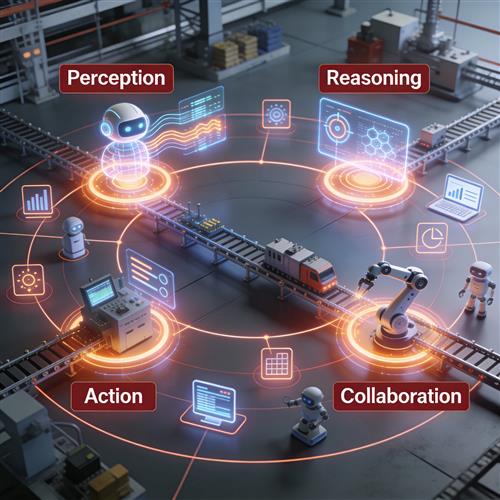



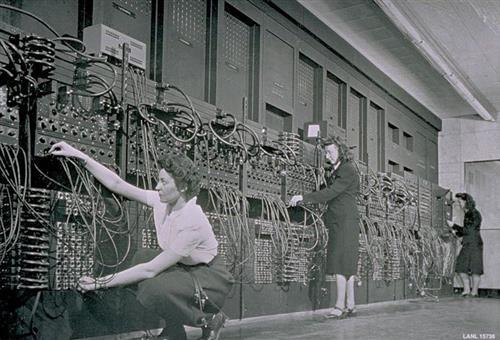

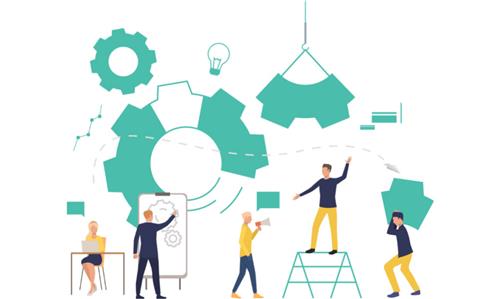

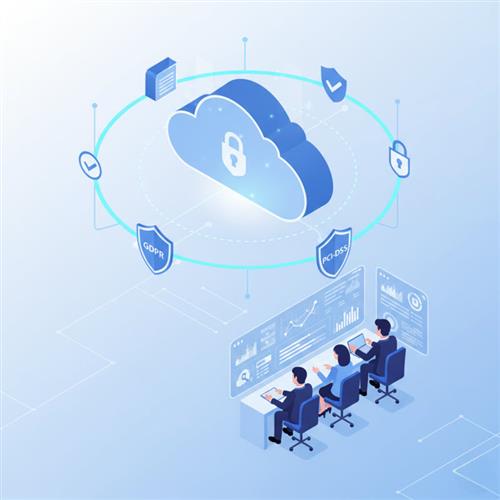
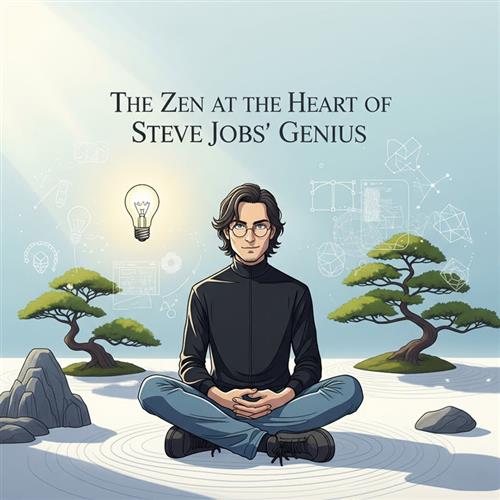


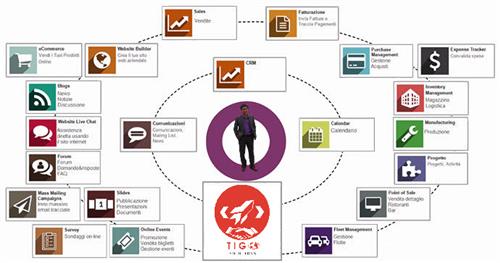
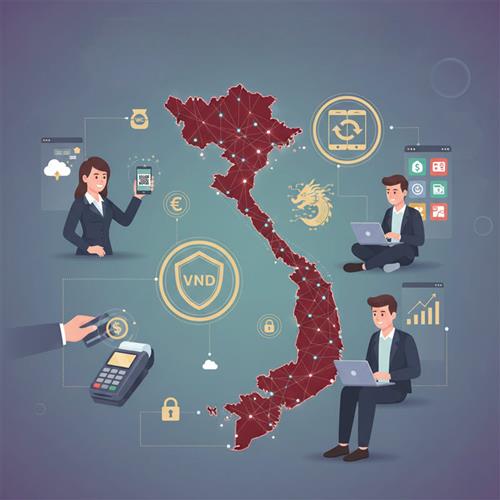
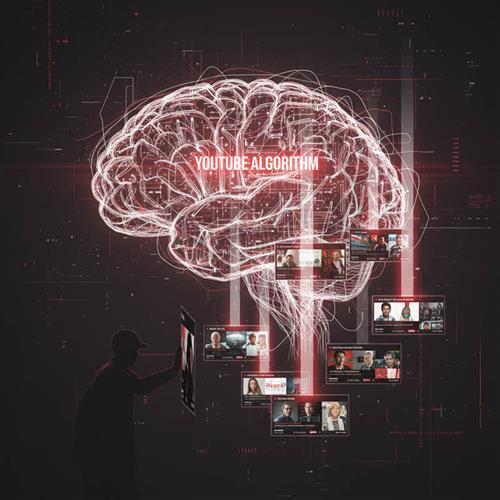
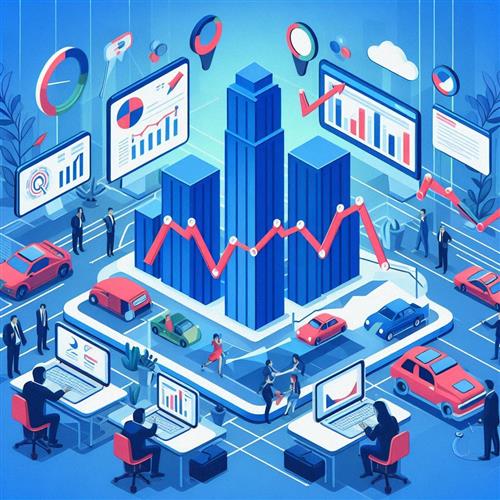
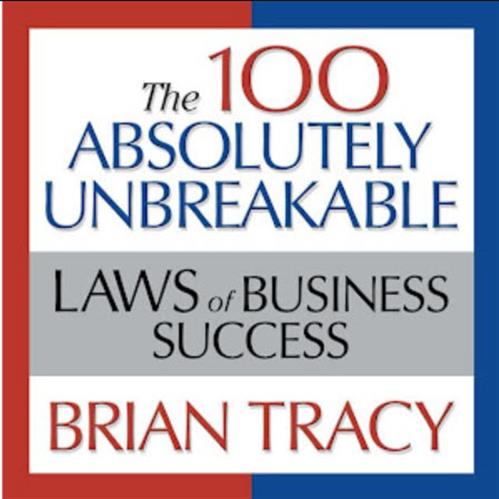
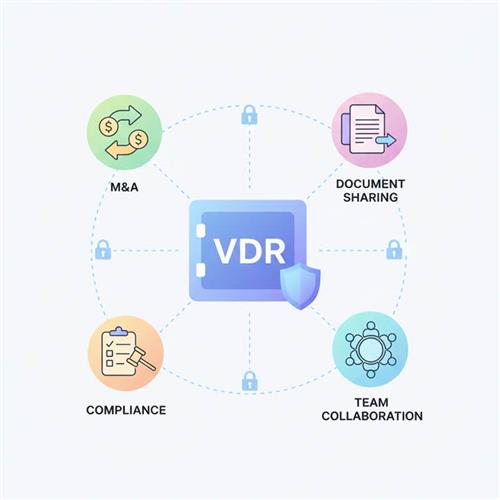

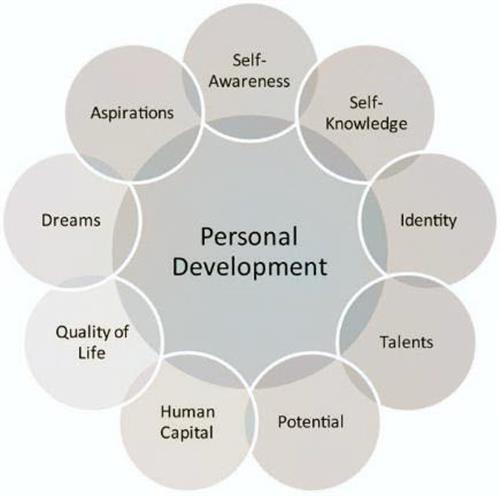
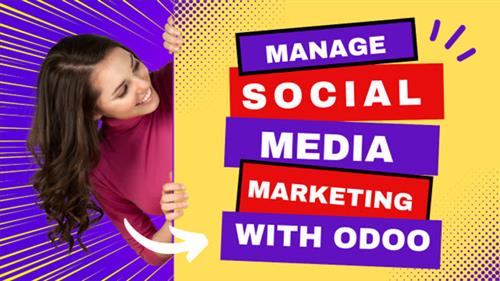
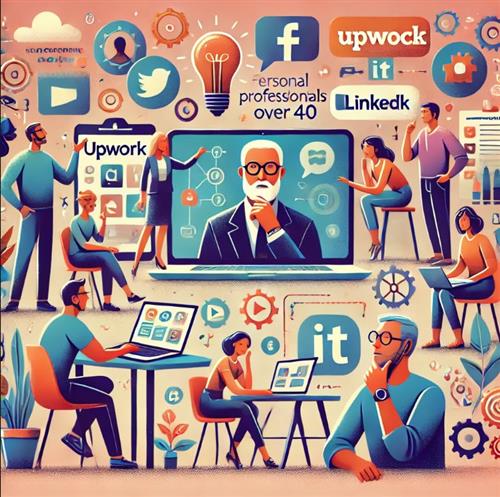

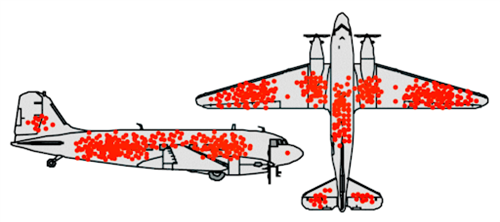









 Link copied!
Link copied!
 Recently Updated News
Recently Updated News